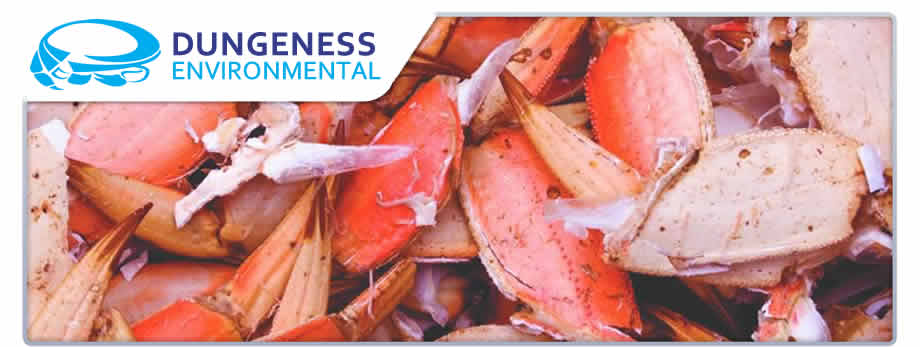
Chitosan is part of a class of large (macro) molecules called polymers; which are composed of repeating structural units linked end to end. Although the word "polymer" in popular usage may be suggestive of plastics, the term actually refers to a class of both natural and synthetic materials with a variety of properties. Since chitosan is derived from a naturally occurring polymer, it is known as a biopolymer. The repeating (or monomeric) unit of chitosan is glucosamine. Glucosamine is a familiar dietary supplement used primarily to enhance mobility of the joints (usually knees and elbows), because it plays a role in cartilage repair and maintenance. Glucosamine is a sugar (or saccharide) and therefore chitosan is in a specific group called polysaccharides within the biopolymer family.
The parent biopolymer of chitosan is the second most abundant polymer on earth, next to cellulose, and is known as chitin. Chitin was first discovered around 1811 by Braconnot, who pioneered much of the early work done on cellulose derivatives. Chitosan is a naturally occurring product of the chitin degradation process. Chitin is quite ubiquitous, and is found in sources such as: the cell walls of fungi, insect exoskeletons, and certain shellfish. ChitoVan™ chitosan products are made from recycled shrimp and crab shells.
Chitosan as a polysaccharide is unique because the glucosamine monomer contains what is known as an amino (nitrogen) group. Liquid ChitoVan acetate is a solution of chitosan and dilute acetic acid (vinegar). The acid causes the amino group to become positively charged, or cationic, thus allowing chitosan to become water soluble. It is the cationic nature of dissolved chitosan that gives it the ability to flocculate small sediment particles. Since sediment particles are usually negatively charged, or anionic, the opposite charges attract each other. ChitoVan chitosan is a very large molecule, and it binds with many small sediment particles to form an agglomerate of particles that are large enough to fall out of solution (or flocculate).
Chitosan acetate has been used in water treatment for more than three decades. Chitosan-based water treatment has been used extensively in various industrial and municipal applications and commercial aquarium clarification. Chitosan also removes oil and grease from water via its ability to form insoluble emulsions that may be separated from water gravimetrically or by filtration. Chitosan is also known to chelate (form electrostatic bonds with) some heavy metals including copper, zinc, arsenic and several other regulated toxic heavy metals. In addition to the broad applications in water treatment, chitosan has also been used in some of the following areas: hemostasis, agriculture, textiles, dietary supplements and drug delivery.
ChitoVan brand chitosan products are of the highest quality. The source chitosan is routinely analyzed for several quality parameters and each lot number is tracked so it can be traced directly to its origin. ChitoVan products are of higher molecular mass than many other chitosan water clarifiers, making the product more effective and allowing for a longer shelf-life. We support our customers directly, and our experts on chitosan and water treatment are available to answer any questions about your application. We can also help troubleshoot your problems in water treatment; whether the issue is the treatability of the water itself, or how to design your system to treat your water in the most cost effective manner possible.
Top Contact Us:
Dungeness Environmental Solutions, Inc.
909 SE Everett Mall Way
Suite A119
Everett, WA 98208
Phone: 425.481.0600
Fax: 425.481.5253
info@dungenesssolutions.com
